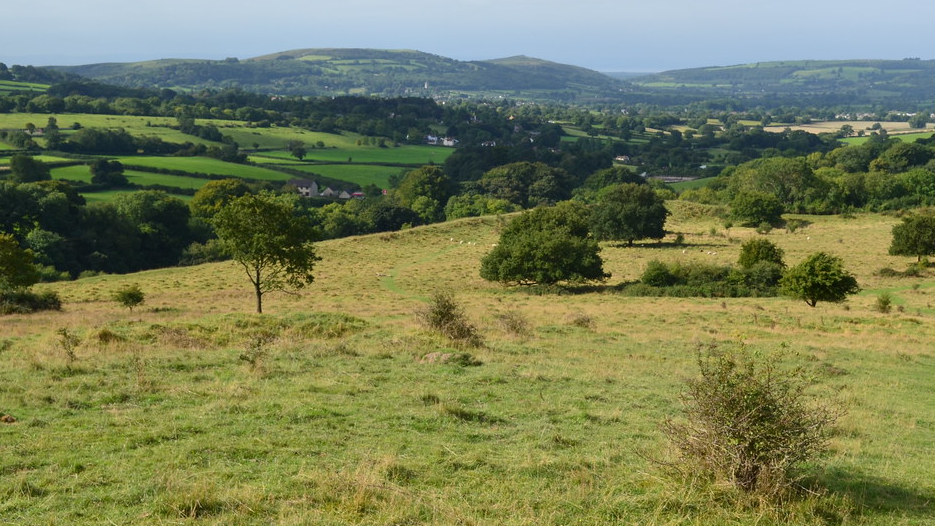
North Somerset's hillforts
North Somerset is home to some of the most spectacular hillforts in the whole country, with scenery to rival that found anywhere. These walks describe some of the best, with routes of varying length and complexity.
Hillforts were constructed during the Iron Age as defended settlement enclosures to shelter their communities and livestock during times of tribal warfare and strife. Some scholars suggest many were not fully occupied on a permanent basis, merely used as a retreat in times of trouble. Relatively small-scale skirmishes over such incidents as cattle rustling would have been a lot more common than full-scale assaults, and again, many people have interpreted the large ramparts as more of a show of status than anything else.
As with elsewhere in England, the hillforts of North Somerset were already in decline by the time the Roman conquest begun in AD43 under the Emperor Claudius. Even so, there is evidence for large-scale siege battles at some hillforts outside of the county, such as at Maiden Castle in Dorset, stronghold of the Durotriges tribe that may also have controlled part of North Somerset.

A brisk walk up and around Dolebury Warren not-just-a-hillfort, with breathtaking views into Wales.

A spectacular walk over Burrington Ham, taking in spectacular views of the combe.

A lovely little hillfort with spectacular views of the North Somerset Levels, Wales and further...

One of a trio of hillforts in the vicinity, this one lies in Leigh Woods, on the edge of the Avon Gorge.

Situated right on the edge of Weston-super-Mare, this makes a pleasant walk from the seafront.

Not to be confused with Cadbury Camp, this hillfort can be reached on foot from nearby Congresbury..

This promontory fort is the most accessible of our routes, with sealed paths from Clevedon.

Not a typical hillfort, but the earthworks on the top of Walton Down are the remains of settlements including an Iron Age banjo enclosure.